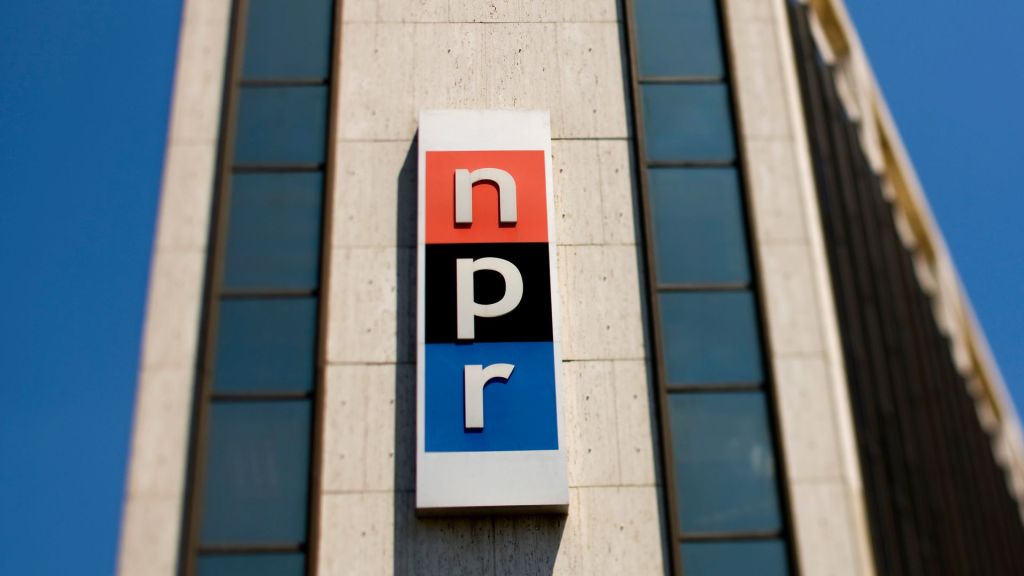
SIMONE DEL ROSARIO:
THE STUDENT LOAN CONVERSATION IS SHINING A LIGHT ON JUST HOW MUCH COLLEGES CHARGE FOR TUITION. BUT THAT’S NOT THE ONLY WAY UNIVERSITIES ARE RAKING IT IN. HERE’S HOW THEY BECOME MULTI-BILLION-DOLLAR ENTITIES IN THIS WEEK’S FIVE FOR FRIDAY.
DONATIONS FROM THE UBER-WEALTHY COME IN AT NUMBER 5. (Mike Bloomberg – $1.8 billion to Johns Hopkins – Side by side with Johns Hopkins campus) SOME OF THE BIGGEST INCLUDE MICHAEL BLOOMBERG’S $1.8 BILLION GIFT TO JOHNS HOPKINS IN 2018, AND NIKE FOUNDER PHIL KNIGHT’S $500 MILLION DONATION TO UNIVERSITY OF OREGON FOR A NEW SCIENCE COMPLEX.
AT NUMBER 4, RESEARCH CAN BE A HUGE BOON FOR A UNIVERSITY’S BOTTOM LINE. TAKE MY ALMA MATER NORTHWESTERN, WHICH CREATED THE NERVE PAIN AND SEIZURE MEDICATION KNOWN AS LYRICA. LICENSED TO PHARMA GIANT PFIZER, THE UNIVERSITY INVESTED NEARLY EVERY PENNY OF THE SALE INTO THE SCHOOL’S ENDOWMENT. BY 2016, THE DRUG ALONE ACCOUNTED FOR UP TO 18% OF N-U’S RICHES.
REAL ESTATE INVESTMENT COMES IN AT NUMBER 3. GEORGE WASHINGTON UNIVERSITY OWNS SO MUCH COMMERCIAL REAL ESTATE IN D-C IT WAS THE 10TH HIGHEST PROPERTY TAX PAYER THERE IN 2018, AND IS ONE OF THE CITY’S LARGEST LANDLORDS. IF YOU COUNT THE CAMPUS THEIR PROPERTY HOLDINGS ARE WORTH WELL OVER A BILL. THOUGH THEY ONLY PAY TAXES ON THE NONEDUCATIONAL HOLDINGS. MORE THAN HALF OF THE ENDOWMENT IS INVESTED IN REAL ESTATE, WHICH CAN BRING IN 9 FIGURES A YEAR.
AT NUMBER 2. STOCKS AREN’T JUST FOR WALL STREET TYPES. FORMER COCA-COLA PRESIDENT ROBERT WOODRUFF MAY HAVE DROPPED OUT OF EMORY UNIVERSITY, BUT HE WAS STILL SO FOND OF THE ATLANTA-BASED LIBERAL ARTS SCHOOL THAT HE DONATED MILLIONS OF SHARES IN THE COMPANY IN 1979. TODAY, THOSE SHARES ARE WORTH AROUND $5 BILLION.
AND OUR NUMBER ONE IS BIG OIL, WHICH MIGHT NOT FIT THE COLLEGE FUNDING BILL, UNTIL YOU REALIZE IT’S IN TEXAS. THE UNIVERSITY OF TEXAS LEASES MORE THAN 2 MILLION ACRES OF LAND IN THE OIL-RICH PERMIAN BASIN, WHICH BRINGS IN ABOUT $6 MILLION A DAY. WITH OIL PRICES HIGH, UT’S ENDOWMENT IS CLOSING IN ON BECOMING THE NATION’S RICHEST, STOMPING OUT THE OLD-GUARD IVY LEAGUES.
BEFORE YOU ASK WHY THEY NEED YOUR TUITION DOLLARS AT ALL, KNOW THE MEDIAN UNIVERSITY HOLDS JUST $35 MILL IN AN ENDOWMENT, WHERE TUITION COVERS HALF THE SCHOOL’S FUNDING. THAT’S YOUR FIVE FOR FRIDAY, I’M SIMONE DEL ROSARIO AND IT’S JUST BUSINESS.






